How Does an Electric Bike Work?

An Electric Bike (e-bike) works by combining human pedaling with electric power. E-bikes have different levels of assistance, allowing riders to control speed and effort.
Article written by "EV Pedal Power" March 6, 2025
The A B C's of an Electric Bike!
An electric bike (e-bike) works by combining human pedaling with electric power. It features a battery-powered motor that assists the rider, reducing effort and making cycling easier. When the rider pedals, sensors detect movement and activate the motor, providing additional power. Some e-bikes also have a throttle for motor-powered riding without pedaling. The battery, usually rechargeable, supplies energy to the motor and can last for several miles per charge. E-bikes have different levels of assistance, allowing riders to control speed and effort. They are an efficient, eco-friendly alternative to traditional bikes, ideal for commuting and recreational use.
Topics covered in this Post
1. What is an Electric Bike?
2. How Does an Electric Bike Work?
3. What are the Types of Electric Bikes?
4. What are the Benefits of Electric Bikes?
5. Conclusion

How Does an Electric Bike Work?
Electric Bikes, or e-bikes, have become increasingly popular over the last decade, offering a convenient and eco-friendly alternative to traditional bicycles, cars, and public transportation. They combine the simplicity and joy of cycling with the added benefit of motorized assistance. But how exactly do electric bikes work, and what makes them different from regular bikes?
In this blog post, we’ll break down the components, mechanics, and technology behind electric bikes, explaining how they function, their different types, and the factors that determine their performance. Whether you’re considering buying an e-bike or are just curious about the technology, this guide will give you a comprehensive overview.
What is an Electric Bike?
At its core, an electric bike is a bicycle equipped with an electric motor that assists with pedaling. This motor doesn’t replace human effort but rather complements it, making cycling easier and more efficient, especially over long distances or uphill. E-bikes can vary significantly in terms of motor power, battery size, and design, but they all share one fundamental characteristic: the motor’s assistance.
In many countries, e-bikes are classified based on how they assist the rider. The most common classifications are:
Pedal Assist (PAS): The motor only activates when the rider pedals. The amount of assistance is proportional to the effort put in by the rider.
Throttle-Controlled: The rider controls the motor’s output using a throttle, similar to a scooter or motorcycle. In this case, the motor can work even without pedaling.
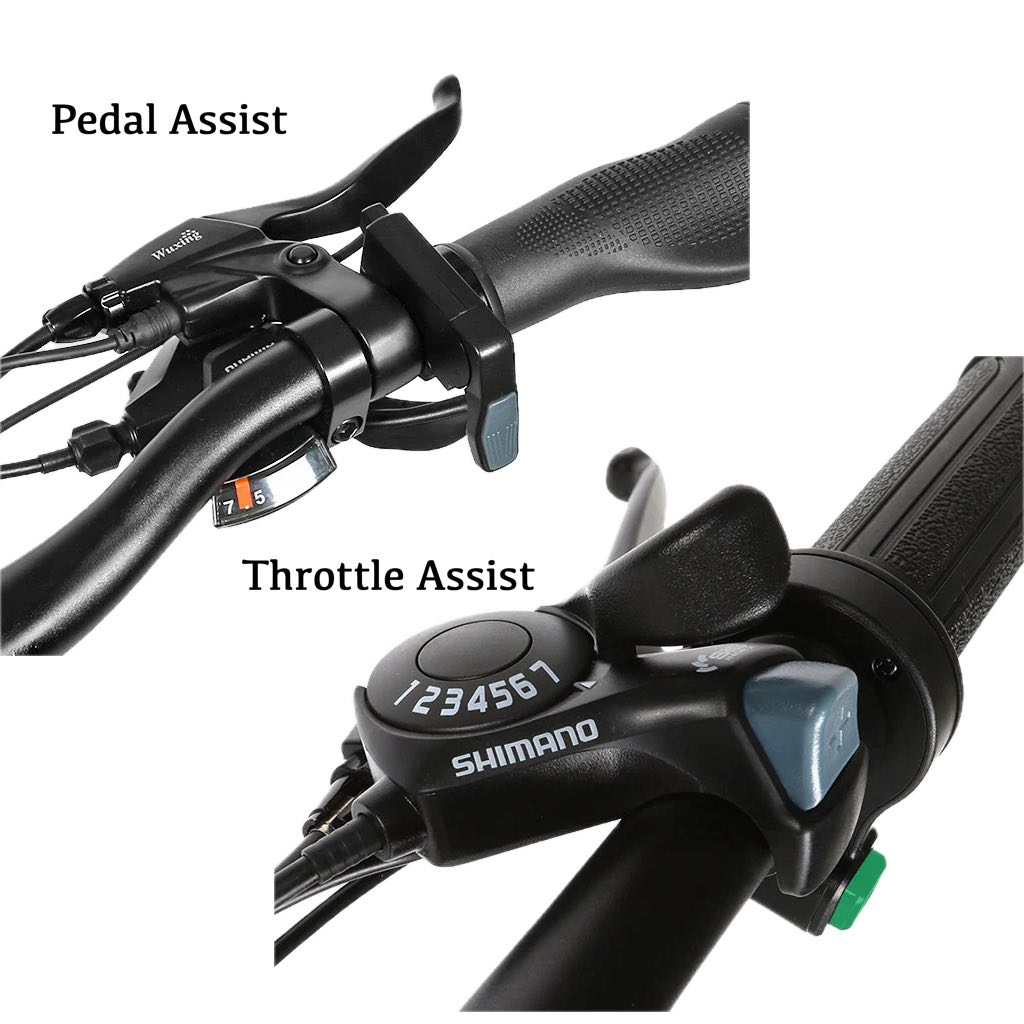
Key Components of an Electric Bike
To understand how electric bikes work, it’s important to familiarize yourself with the primary components that make up the system. These are:
1 – Motor: The motor is the heart of the e-bike. It provides the power that helps the rider pedal more efficiently, especially on inclines or when covering long distances. E-bike motors typically range from 250 to 750 watts of power, though some high-performance models may have motors rated even higher.
Hub Motors: These motors are integrated into one of the wheels—usually the rear wheel—and are the most common in entry-level e-bikes. Hub motors are simple, quiet, and effective, providing smooth power output.
Mid-Drive Motors: Positioned at the bike’s bottom bracket (the area where the pedals attach to the frame), mid-drive motors offer a more balanced weight distribution and better performance on hills or rough terrain. They are often preferred in higher-end models due to their efficiency and handling.
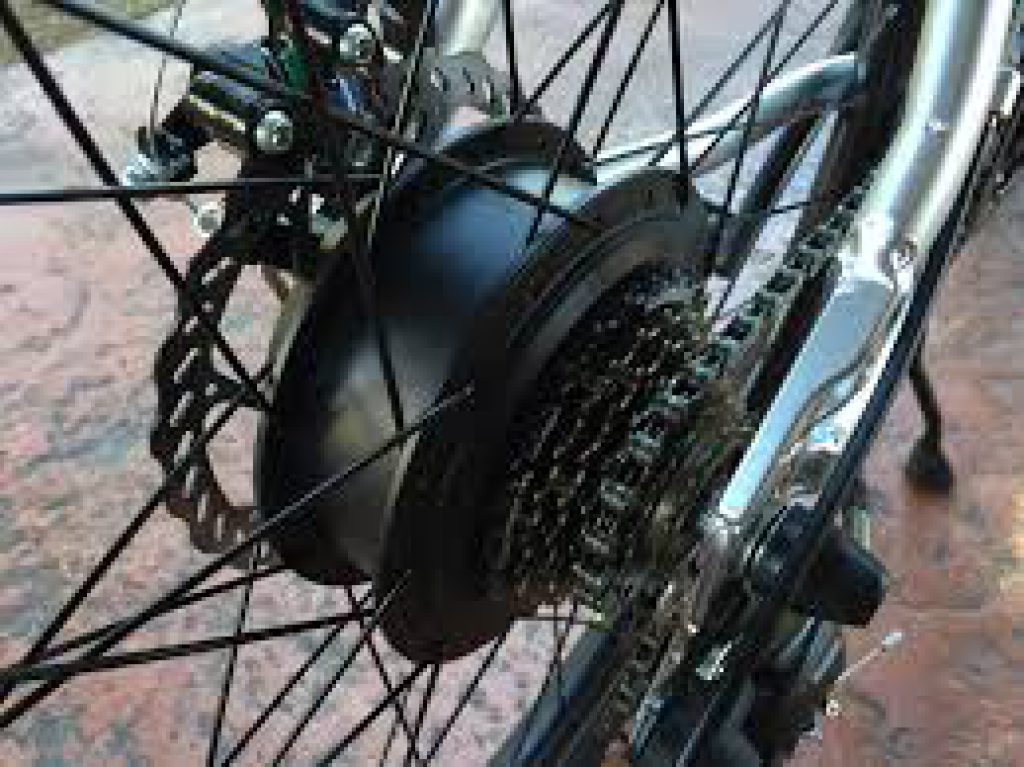

2 – Battery: The battery provides the power needed for the motor to function. Most e-bikes use lithium-ion batteries, which are lightweight, efficient, and have a long lifespan. The battery’s capacity (measured in watt-hours, or Wh) determines how far the e-bike can travel on a single charge. Larger batteries allow for longer distances and more power, but they also add weight to the bike.
Battery Placement: Batteries are typically mounted on the frame, either in the down tube or in a rack over the rear wheel. Some e-bikes allow the battery to be easily removed for charging, while others require the bike to be plugged in directly.
3 – Controller: The controller is the brain of the electric bike. It regulates the flow of electricity from the battery to the motor, ensuring the motor operates smoothly and efficiently. It also communicates with the rider’s input (via the throttle or pedal-assist sensor) to adjust the motor’s power output.
4 – Display/Control Panel: Most e-bikes have a display that shows important information like battery level, speed, distance traveled, and the level of pedal assist. Some models may also feature additional functions, such as navigation or heart rate monitoring, depending on the complexity of the e-bike.
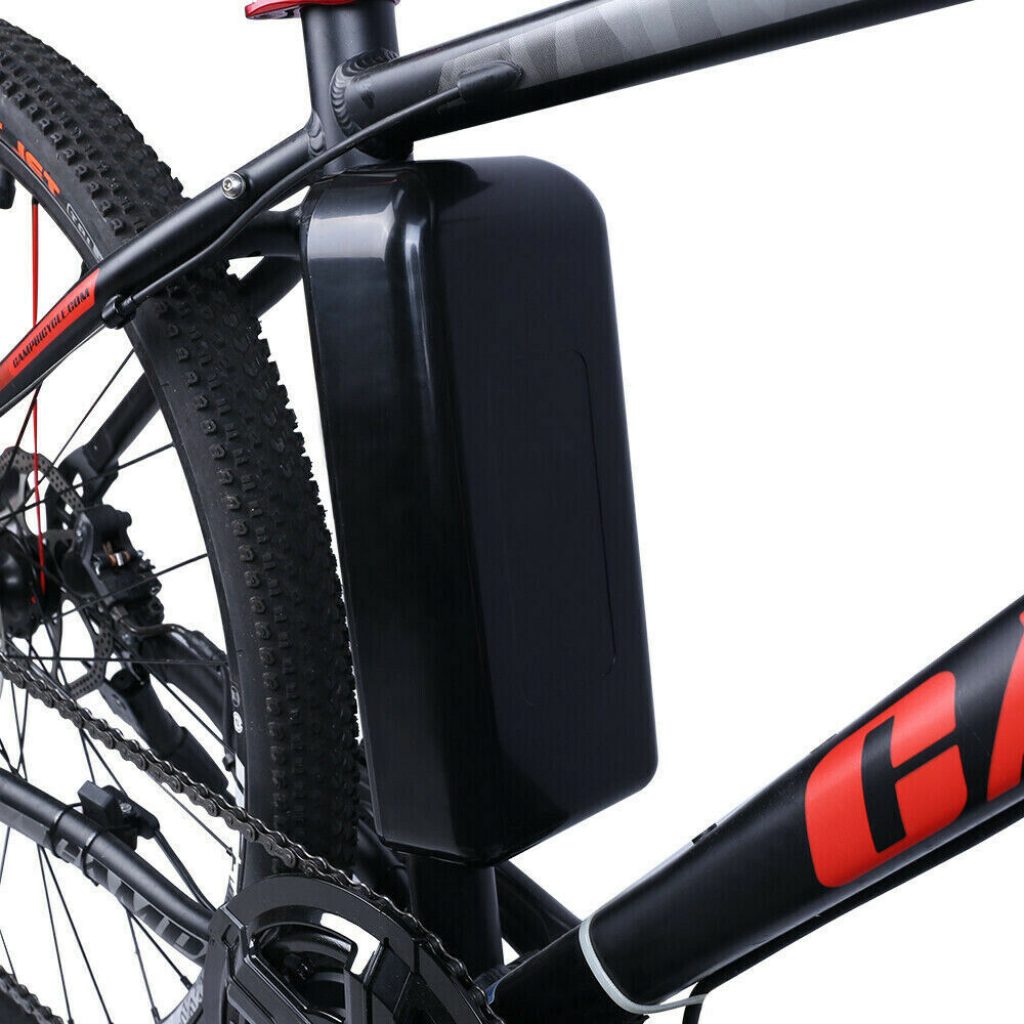
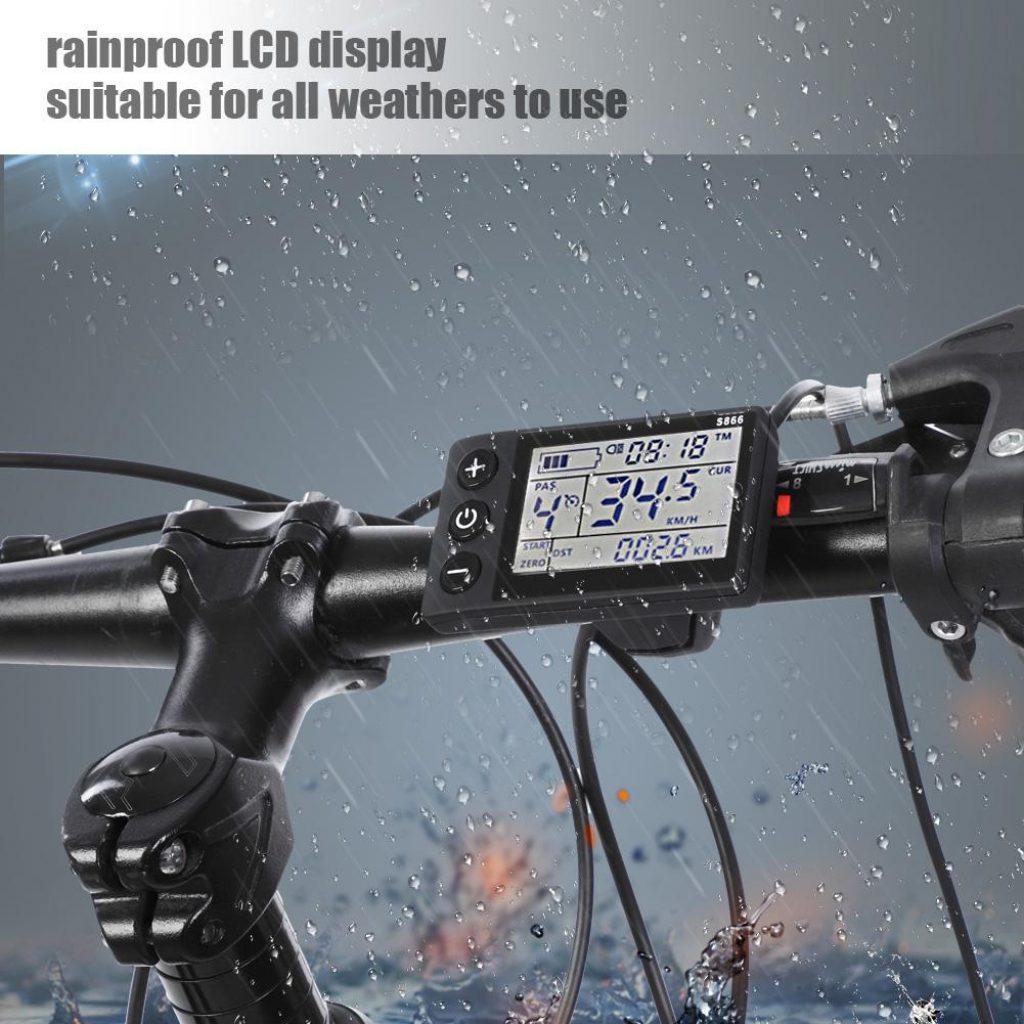
5 – Pedal-Assist Sensor: In pedal-assist models, sensors are used to detect the rider’s pedaling cadence and effort. There are two types of pedal-assist sensors:
Torque Sensors: These measure the force applied to the pedals and adjust the motor’s power output accordingly. This provides a smoother and more natural feel of assistance.
Torque Sensors: These measure the force applied to the pedals and adjust the motor’s power output accordingly. This provides a smoother and more natural feel of assistance.
6 – Brakes and Gearing: E-bikes often use hydraulic disc brakes or mechanical disc brakes, as these provide better stopping power, especially at higher speeds. E-bikes can also have gears, which work similarly to traditional bicycles, allowing the rider to adjust their pedaling resistance based on terrain.
How Does an Electric Bike Work?
The basic functionality of an electric bike is centered around how the motor and battery work in tandem with the rider’s effort. Here’s a step-by-step breakdown of how an e-bike operates:
1. Powering the Motor
When the rider starts pedaling, the bike’s pedal-assist sensor detects the motion. If the bike is set to pedal-assist mode, the controller activates the motor to provide extra power, helping the rider pedal with less effort. The more force the rider applies to the pedals (or the faster they pedal), the more power the motor delivers. This creates a smooth and supportive experience, where the motor’s assistance feels like a natural extension of the rider’s effort.
In throttle-controlled e-bikes, the rider activates the motor by turning the throttle, without needing to pedal. This is similar to the operation of a scooter or electric motorcycle, allowing the rider to control the motor’s output independently.
2. Regulating Power Output
As mentioned earlier, e-bikes can have different levels of motor assistance, which the rider can adjust based on their needs. The controller adjusts the amount of electricity sent to the motor based on input from the rider (via the throttle or pedal-assist sensor), battery status, and other conditions.
For example, when riding on flat terrain, the rider might use a lower assist level to conserve battery power. On steep inclines, the rider may increase the assistance to help the motor provide extra torque and climb the hill more easily.
3. Battery and Charging
The motor draws power from the e-bike’s battery. Most batteries are designed to last between 500 and 1,000 charge cycles, depending on the quality of the battery and how well it is maintained. As the battery drains, the motor’s assistance diminishes, and the rider will need to charge the battery to continue using the bike.
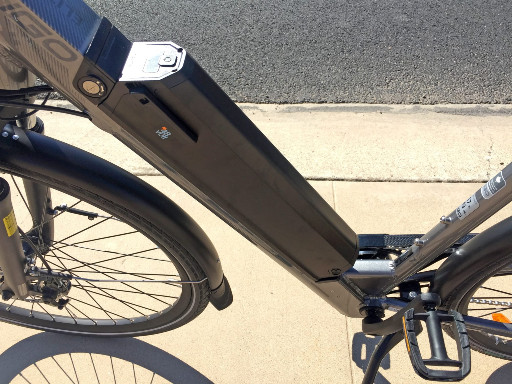
Charging an e-bike is similar to charging a smartphone or laptop. Riders can either remove the battery and charge it separately or plug the bike in directly to an outlet. Most batteries take between 4-8 hours to fully charge, but this can vary based on the battery size and charger type.
4. Stopping the Bike
Just like any other bike, e-bikes come equipped with brakes to slow down or stop. Because e-bikes can travel at higher speeds and can weigh more due to the battery and motor, they are typically equipped with high-quality brakes, like hydraulic disc brakes, to ensure safe stopping power.
Additionally, many e-bikes are designed with regenerative braking systems, which allow the motor to assist in slowing the bike down while simultaneously recharging the battery. This helps conserve energy and improve the bike’s efficiency.
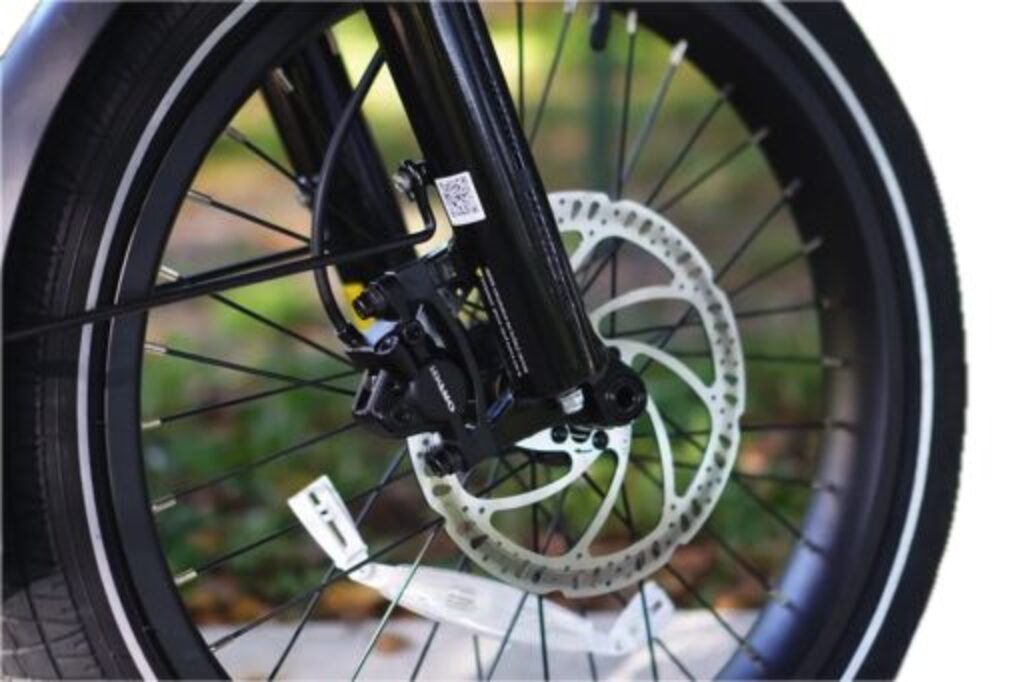
What are the Types of Electric Bikes?
Electric bikes come in various forms, each designed to cater to different cycling needs and preferences. Some of the most common types of e-bikes include:
1 – City/Commuter E-Bikes: These are designed for urban riders who need an efficient and comfortable way to commute. They often have a simple design, upright handlebars, and practical features like fenders and racks.
2 – Mountain E-Bikes (e-MTBs): Built for off-road enthusiasts, mountain e-bikes have more rugged frames, larger tires, and powerful motors to handle rough terrain and steep climbs.
3 – Folding E-Bikes: Ideal for those with limited storage space or commuters who need to take their bike on public transportation, folding e-bikes are compact and lightweight, with a folding mechanism that makes them easy to store and carry.
4 – Road E-Bikes: These are designed for speed and efficiency on paved roads, typically featuring lightweight frames and aerodynamic designs.
5 – Cargo E-Bikes: For people who need to carry heavy loads, cargo e-bikes feature sturdy frames and extended racks to carry groceries, packages, or other cargo. These bikes may also have powerful motors to assist with the added weight.
What are the Benefits of Electric Bikes?
Electric bikes offer a wide range of benefits that make them appealing to a diverse group of riders:
Energy Efficiency: E-bikes are highly efficient in terms of energy use. They require far less energy to operate than cars or motorbikes, reducing emissions and promoting sustainability.
Cost Savings: Though the initial purchase price may be higher, e-bikes are generally cheaper to maintain than cars or motorcycles, and they don’t require fuel.
Health Benefits: Even with the motor assistance, e-bikes still provide a moderate level of exercise, helping riders stay active and improve their fitness.
Convenience: E-bikes make cycling more accessible to people of all ages and fitness levels, allowing them to travel longer distances and navigate hilly terrain with ease.
Conclusion
Electric bikes are a revolutionary form of transportation, offering an eco-friendly and efficient alternative to cars and public transportation. By combining traditional cycling with motorized assistance, e-bikes make commuting, recreation, and even long-distance travel easier and more enjoyable. With advancements in motor and battery technology, the future of electric bikes looks even brighter, with more affordable, powerful, and versatile options hitting the market every year.
Whether you’re looking to reduce your carbon footprint, avoid traffic, or simply enjoy a more comfortable ride
People one said that buggies would always be pulled by horses and bicycles would always be pushed by your legs. Well, that was 100 years ago and times have. EV Pedal Power is here to help you find that electric bicycle that fits your needs in the 21st century. With so many to choose from, our links are here to point you in the right direction.
EV Pedal Power participates in various affiliate marketing programs. We may get paid commissions on chosen products purchased through our links to merchant sites.
